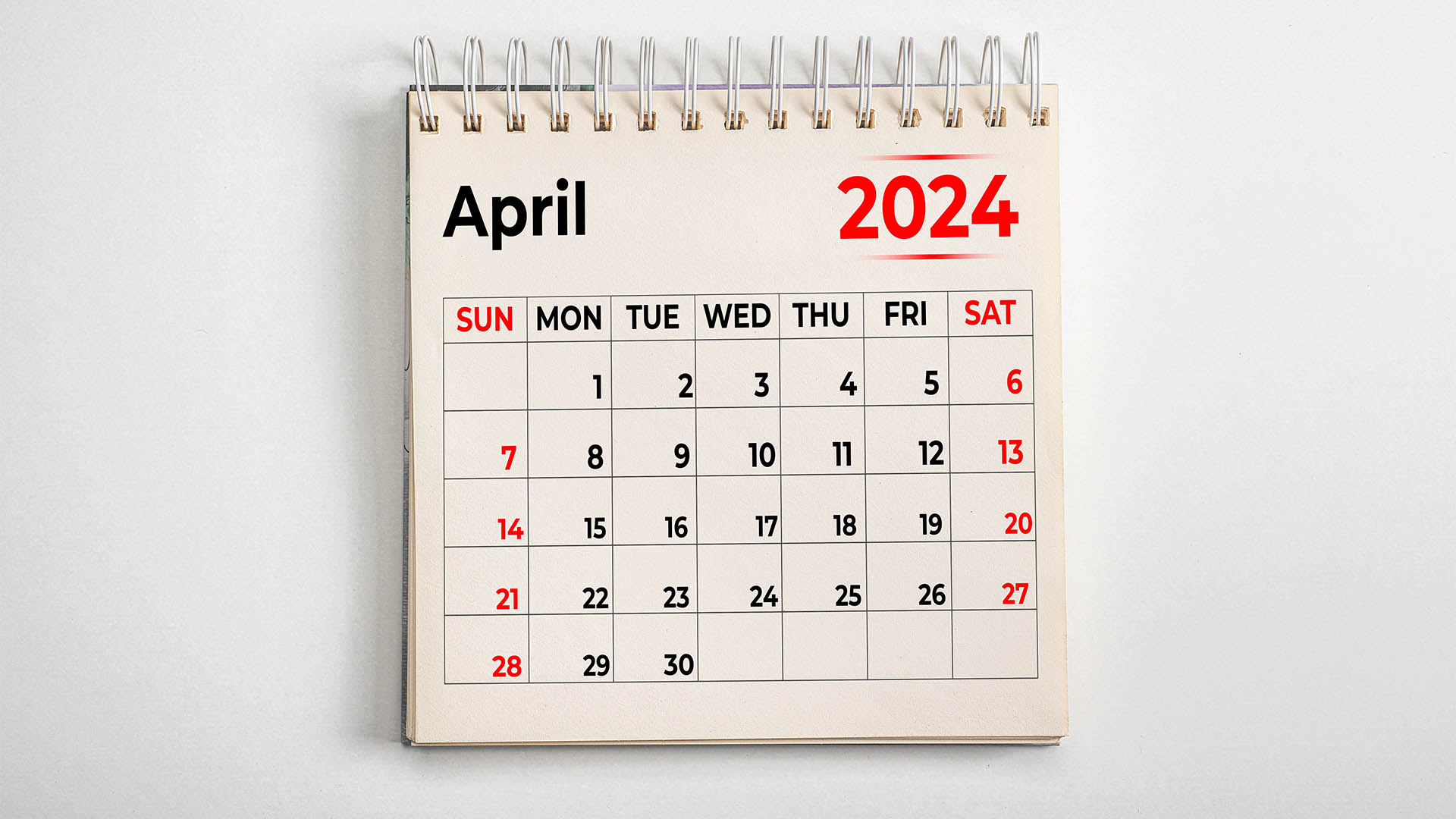Call it the Twiggy Forrest reward for all that urging the executive chair of Fortescue Metals Group has been doing to promote green hydrogen.
In last night’s 2023-24 budget, Treasurer Jim Chalmers made it clear that renewables would be supported at many levels.
He told the House of Representatives that Australia wants to be a “renewable energy superpower”.
He revealed what he called a Hydrogen Headstart program that will be funded to the tune of $2 billion.
“Hydrogen power means Wollongong, Gladstone and Whyalla, can make and export everything from renewable energy to green steel,” he said.
“Seizing these kinds of industrial and economic opportunities will be the biggest driver and determinant of our future prosperity.”
He said total investment in renewables from the government now amounts to $40 billion.
The budget has increased investment in renewables, allocating $12 billion of the government’s $20 billion Rewiring the Nation program for major projects, including $4.7 billion to unlock critical transmission in NSW, and $1.5 billion for renewable energy zones in Victoria.
The government said the funding for green hydrogen – created using wind and solar energy – would put the country on track to have 1 gigawatt of electrolyser capacity by 2030.
The budget headline figure of $2 billion in total, look satisfyingly big, but only $156 million over the next four years – the remainder will be spent in the ‘out’ years (beyond the four-year forecast period).
The federal government will create a $1.3 billion Household Energy Upgrades Fund. $1 billion of that will go to the Clean Energy Finance Corporation, which will subsidise the interest rates on personal loans and mortgages through agreements with a wider range of banks and other financial institutions – that’s a small win for banks, mutuals and insurance companies. $300 million has been tucked away for contingencies and other payments, if needed.
As well, the eligibility criteria under the First Home Guarantee scheme have been expanded to include joint applications with partners, single parents and others.
New rules will force employers to make super payments at the same time as wages, rather than quarterly, to reduce super underpayments. That will impose new cash flow pressures on employers, especially small companies and sole traders.
Wealthy superannuants lose – as already announced tax breaks for super balances of $3 million or more will be cut starting from July 1, 2025, with the headline tax rate doubling to 30% It will save the budget $2.3 billion over the first full year of operation (2027-28).
Multinational corporations – Australian and foreign – will be losers as the the government implements OECD tax changes designed to crack down on multinational tax avoidance, generating an (small) estimated $259 million in net tax revenue (2022-23 to 2026-27).
The Morrison government’s Covid stimulus measure that allowed small businesses with a turnover of under $5 billion to write off assets of an unlimited rate will end at June 30, as planned but will be replaced with a new write off program for businesses with an annual turnover of less than $10 million.
It means that small businesses will be able to immediately write off eligible assets of less than $20,000. Business owners will be able to deduct the cost of multiple eligible assets across the year. This returns the write off measure back to its pre-pandemic nature.
The budget included $121 million (over four years) to create an Environment Protection Australia (EPA) as part of an upcoming reform of conservation laws.













